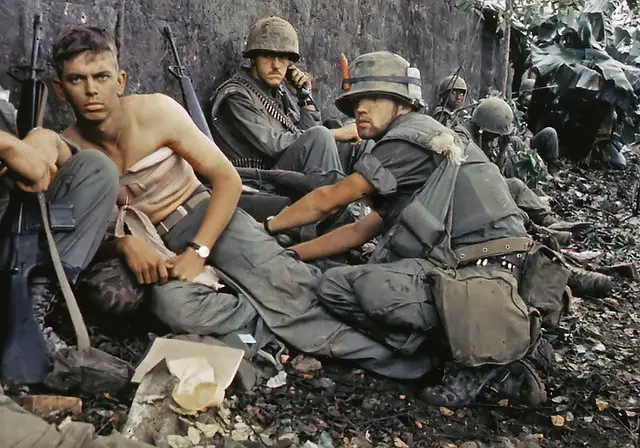The Gulf of Tonkin Incident
On August 2, 1964, the United States claimed that North Vietnam had attacked two U.S. warships in international waters in the Gulf of Tonkin, which officially marked the beginning of open warfare between the U.S and the government of Vietnam (known at the time as South Vietnam).

Because this incident has been so widely debated in American history, here are some essential facts you need to know to be able to make up your own mind about what really happened on that day more than 50 years ago…
Background
On August 2, 1964, President Lyndon Johnson met with his top military advisors, including Defense Secretary Robert McNamara and Chairman of the Joint Chiefs General Maxwell Taylor.

The meeting was held in response to unconfirmed reports from both U.S. Naval vessels and U.S. Air Force planes that they had been attacked by North Vietnam ships near the coast of North Vietnam – popularly referred to as the Gulf of Tonkin incident (or sometimes Tonkin Gulf incident).

The Gulf of Tonkin Attacks
It is claimed that North Vietnamese torpedo boats launced an attack on a U.S. warship in the Gulf of Tonkin On August 2, 1964.
This incident was used as a justification for America’s direct involvement in Vietnam. The response was immediate and unanimous in Congress with the passage of Gulf of Tonkin Resolution declaring war on North Vietnam.

Aftermath
Many historians now believe that the second attack never happened and that it was a deliberate ploy by LBJ, who wanted a war with Vietnam.

Lyndon B. Johnson Presidents USA
The fallout from this incident was so significant that Congress passed the Gulf of Tonkin Resolution and Johnson had an excuse to escalate U.S. involvement in Vietnam.
Legacy
In 1964, President Lyndon B. Johnson sought a congressional resolution that would give him free rein to send US forces in Southeast Asia. He was given this by way of the Gulf of Tonkin Resolution, which he then used as an excuse for more military involvement in Vietnam and against North Vietnam.

The Gulf of Tonkin incident became a turning point in the war and is still controversial today.
